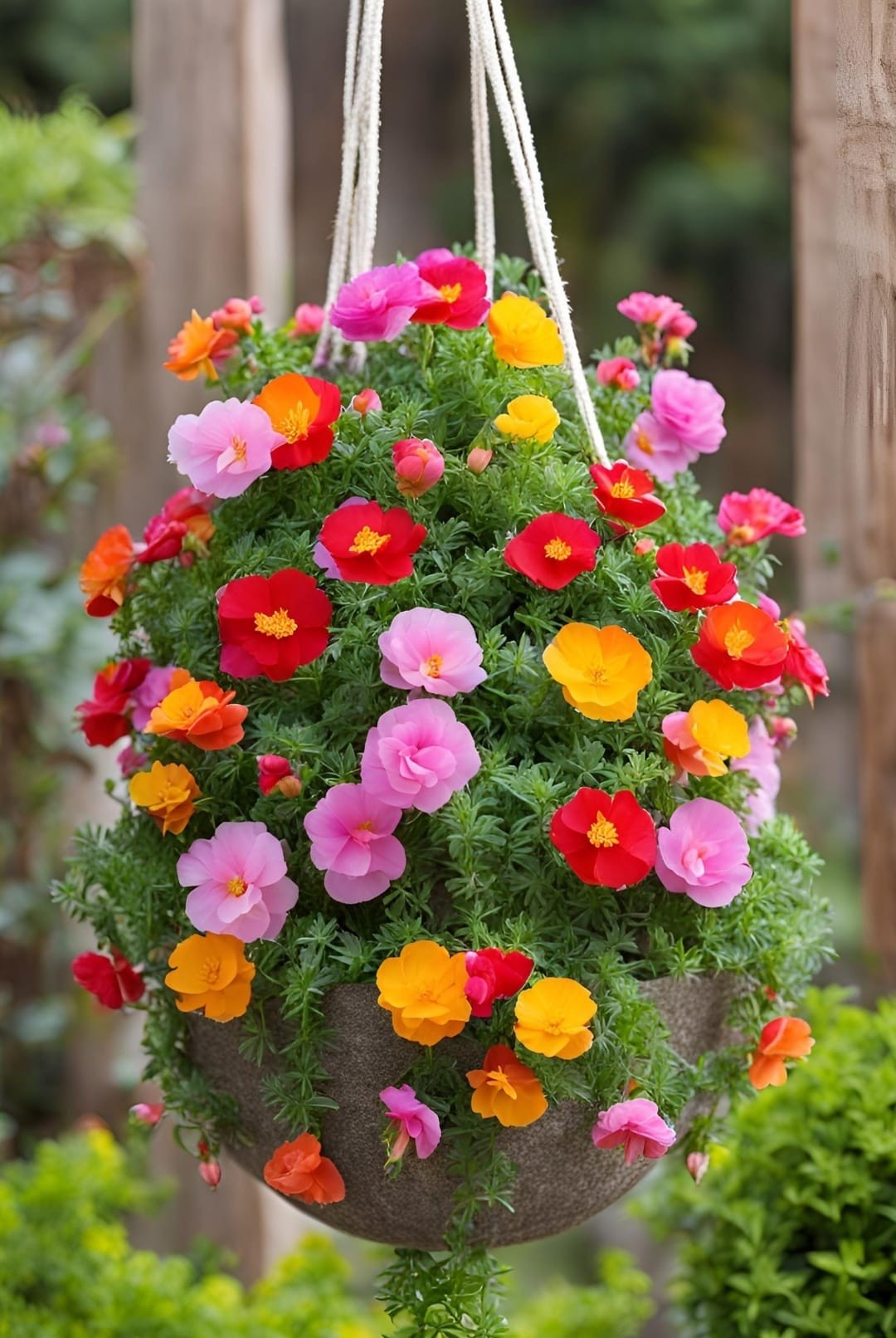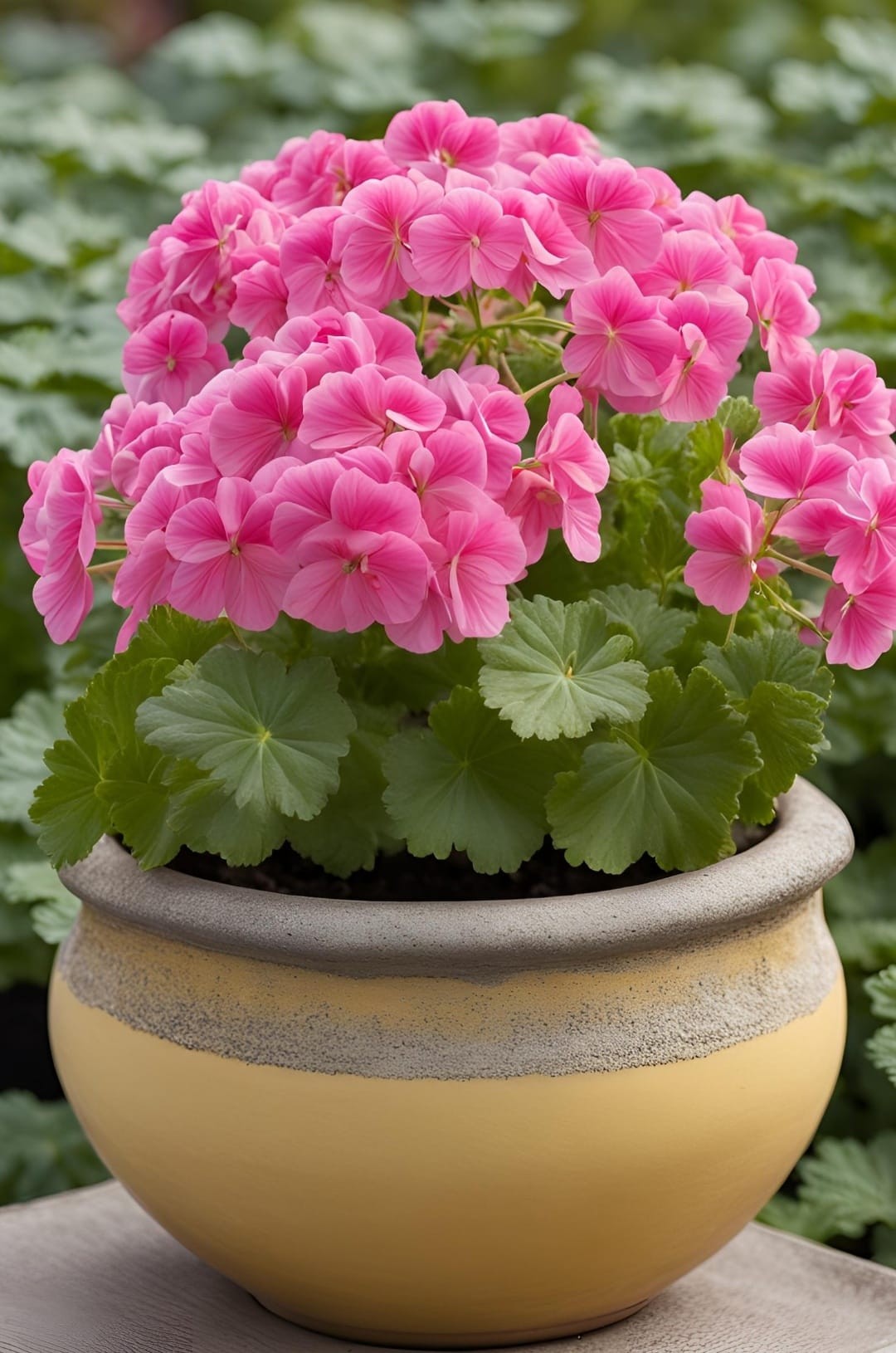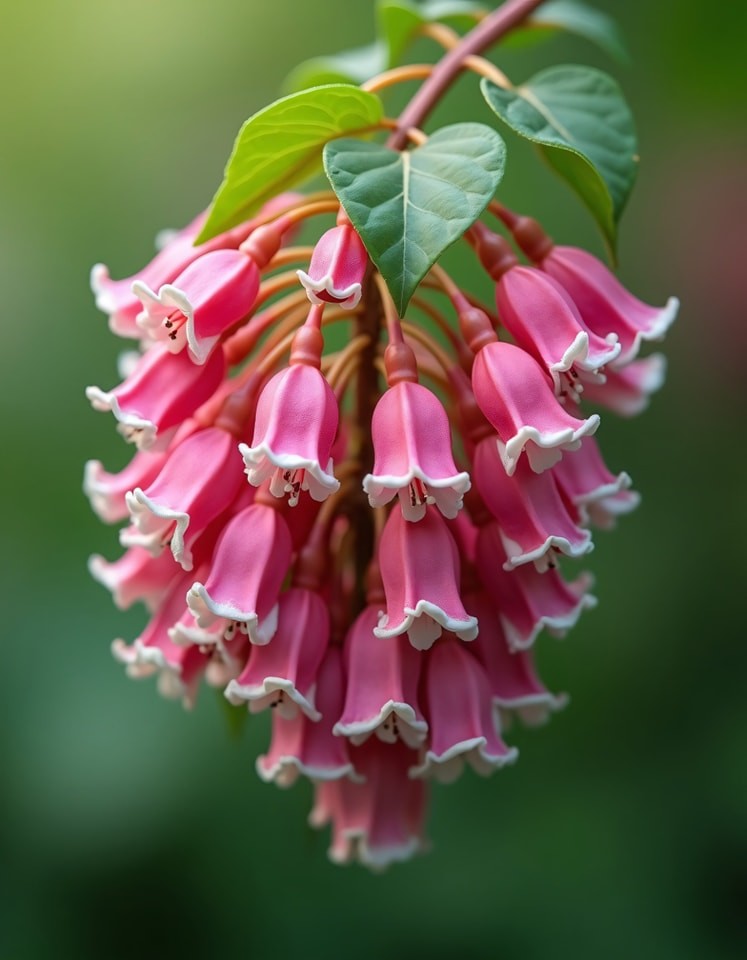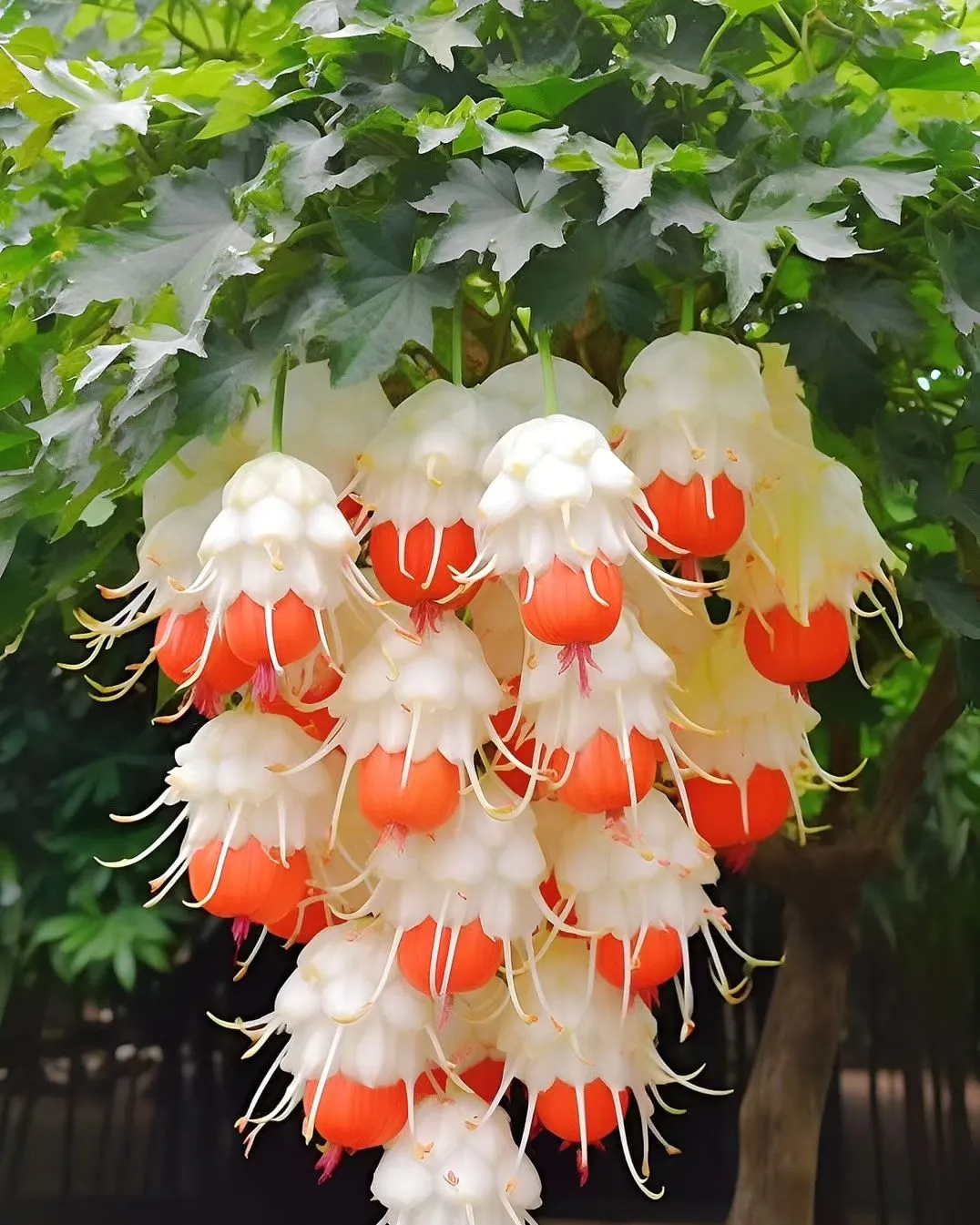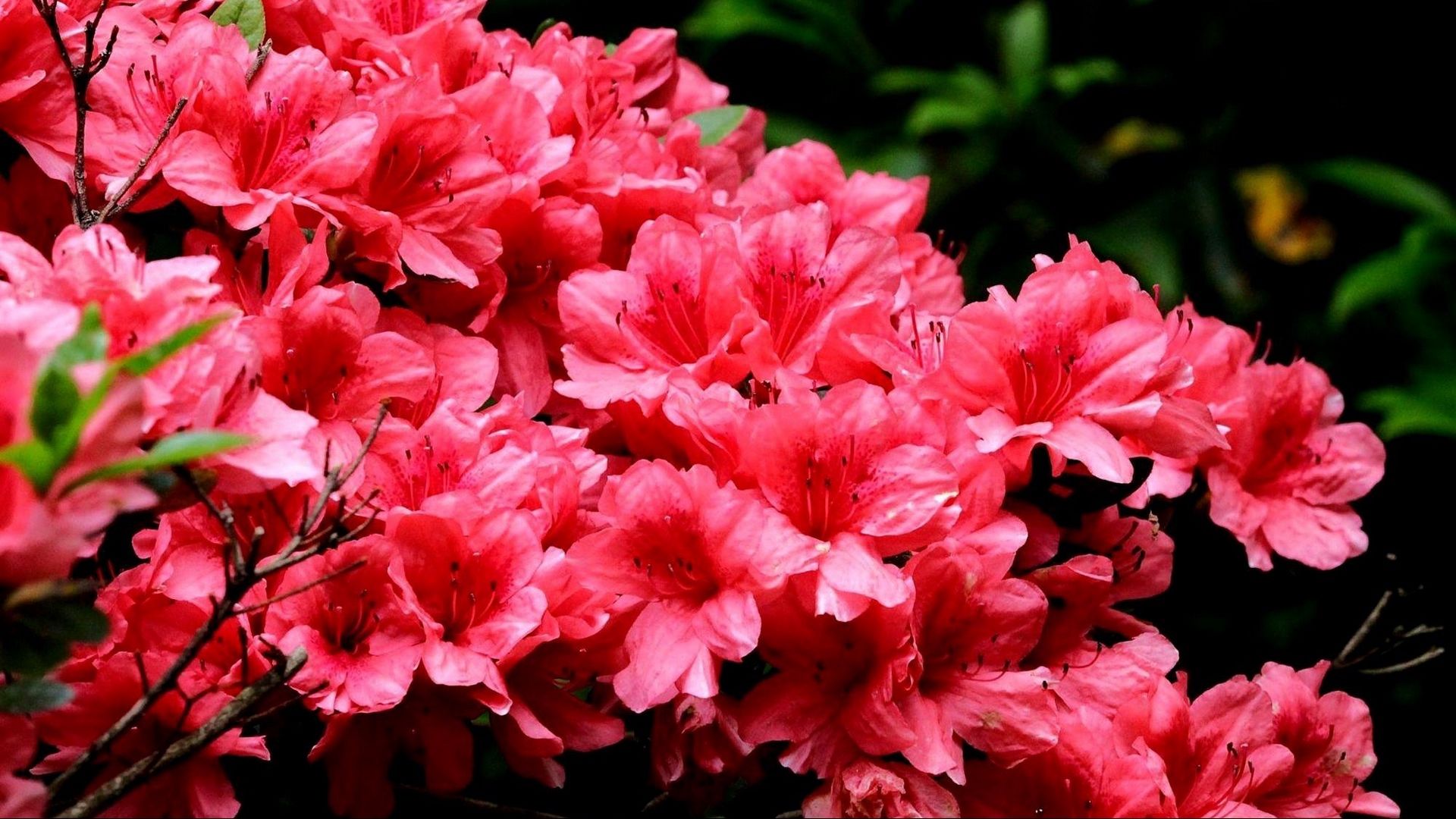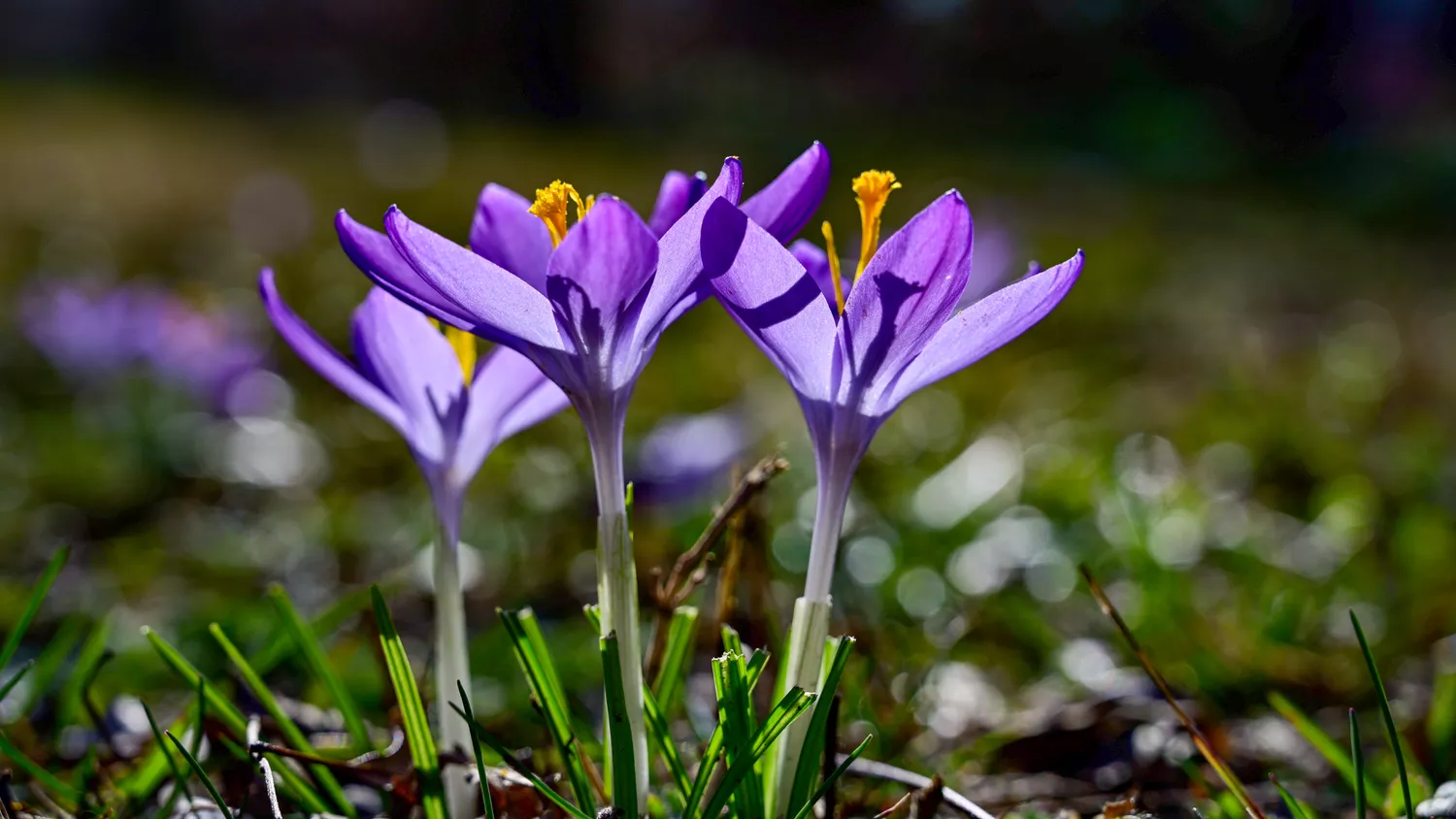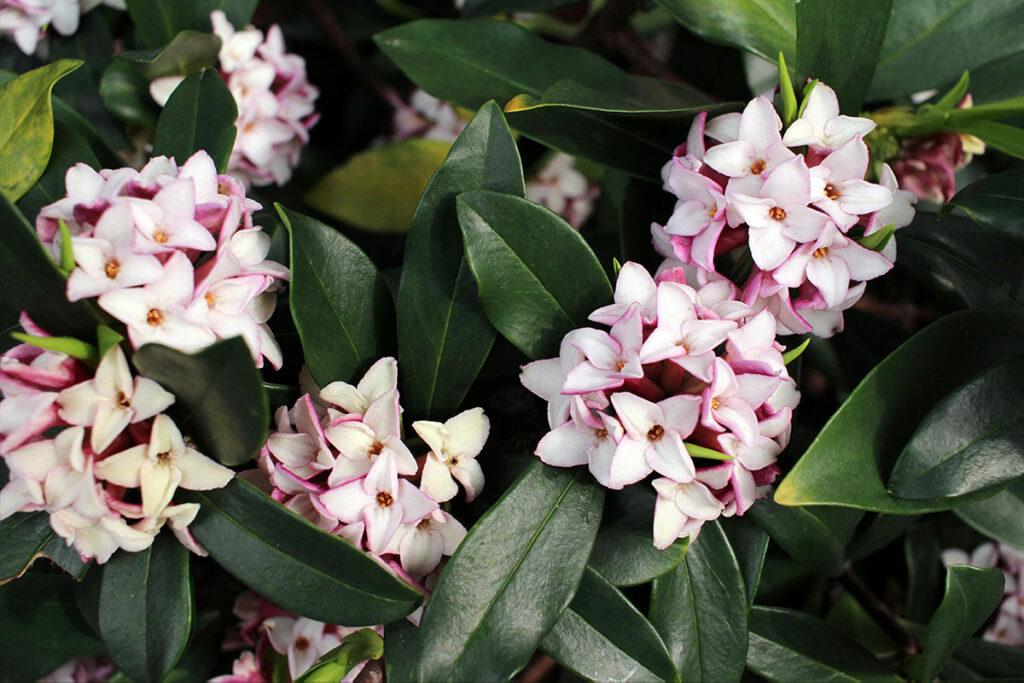
Winter Daphne (Daphne odora) is a beautiful, fragrant evergreen shrub that adds a touch of color and tantalizing scent to your garden during the dull winter months.
In this article, we will guide you on how to plant and grow this elegant plant in your own garden sanctuary.
To grow Winter Daphne successfully, it is essential to choose the right location and provide it with proper care. With the right conditions, this plant will thrive, displaying its bright green leaves and clusters of purple-pink flowers that will fill the air with a sweet aroma.
Creating a lovely garden retreat with Winter Daphne can be a rewarding experience. Follow us and we will help you grow a thriving and spectacular garden to enjoy on cold winter days.
Winter Daphne (Daphne odora) is a beautiful, fragrant shrub that blooms in late winter and early spring. To help it thrive in your garden, it is essential to provide it with the ideal weather conditions for its growth. Here is a friendly guide on factors to consider.
Temperature: Winter Daphne is cold hardy and can survive in USDA plant hardiness zones 7 through 9. This means the plant can tolerate winter temperatures as low as 10°F. However, it is essential to protect your Winter Daphne if temperatures fall below this range.
Sunlight: While Winter Daphne appreciates some sunlight, it is essential to provide it with a location that receives partial shade, especially in the afternoon. Too much direct sunlight can burn the leaves and cause the plant to have problems.

Wind: Winter Daphne can be sensitive to wind, so it is best to place your plant in a sheltered location where it can be protected from strong gusts. This will help prevent damage to foliage and branches, allowing your shrub to grow strong and healthy.
Rainfall: Winter Daphne does well in areas with moderate rainfall. However, it is crucial to ensure that your plant’s soil drains properly, as waterlogged soil can lead to root rot. Look for soil that retains some moisture but is not soggy.
With these factors in mind, you will be able to provide the ideal weather conditions for your Winter Daphne to bloom. Remember, tending to your plants’ needs will ensure a beautiful, fragrant addition to your garden year after year.
For your Winter Daphne (Daphne odora) to thrive, it is important to choose the right soil. Winter Daphne prefers well-drained soil rich in organic matter. This will help provide essential nutrients and regulate your plant’s humidity levels.
Start by selecting a loam or sandy loam soil, which has a good balance of sand, silt and clay. This type of soil promotes proper aeration and drainage, crucial for your Winter Daphne’s root system. You can find this material at a local garden center or create your own mix using equal parts garden soil, sand, and compost.
Amend the soil with additional organic matter, such as aged compost or well-rotted manure. This will increase the nutritional content of the soil, promoting the healthy growth of your Winter Daphne. Aim to mix about 25% organic material into the existing soil. Additionally, it will help maintain a slightly acidic pH range that Daphne odora prefers.
Another factor to consider is the pH of the soil. Winter Daphne prefers a slightly acidic pH between 6.0 and 7.0. You can test the pH level of your soil using a home test kit or by sending a sample to a professional laboratory. If the pH is too high, you can gently lower it by incorporating elemental sulfur or aluminum sulfate. If it’s too low, add lime or wood ash to help raise the pH.
Lastly, make sure your Winter Daphne’s planting site has good drainage. Poorly draining soils can cause root rot, which is detrimental to plant survival. To check if the soil drains well, dig a hole about a foot deep and fill it with water. If the water drains within an hour, the soil drains well. Otherwise, consider planting your Winter Daphne in a raised bed or incorporate more sand into the soil to improve drainage.
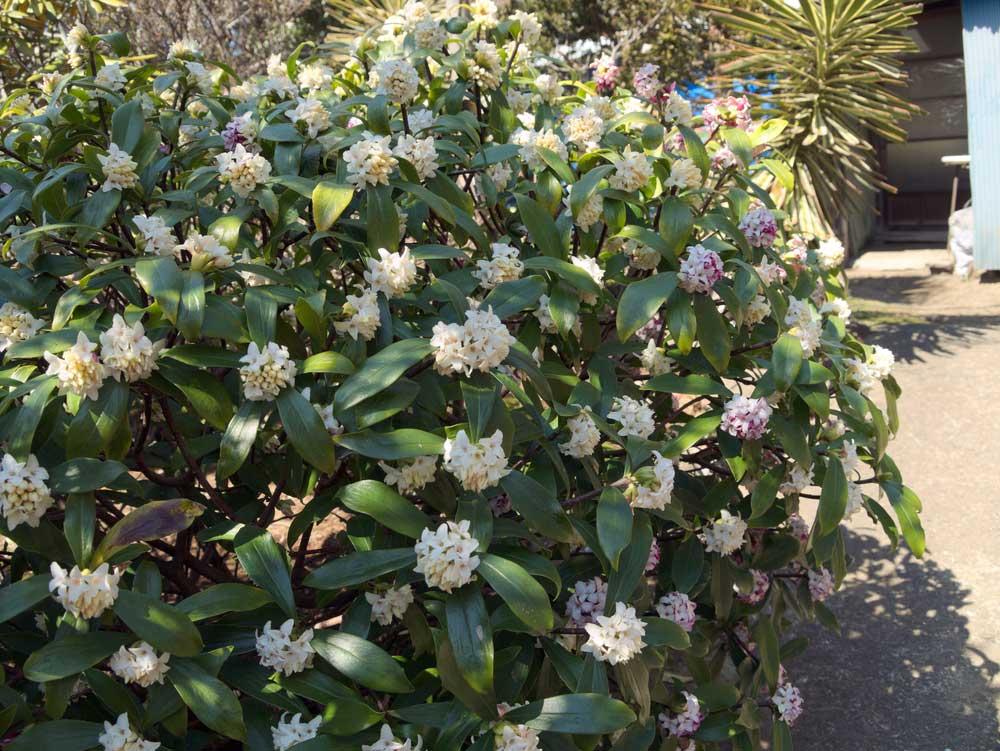
When to plant
The best time to plant Winter Daphne is during fall or early spring. This gives the roots enough time to establish before high summer temperatures or harsh winter conditions. Remember that Winter Daphne thrives in USDA hardiness zones 7 through 9.
How to plant
Now, your Winter Daphne should be on its way to brightening your garden with its fragrant flowers and beautiful foliage. Enjoy the serene atmosphere it brings to your garden.
When it comes to winter daphne, it is essential to learn the proper watering methods to ensure your plant thrives. Don’t worry, it’s quite simple and, with a friendly approach, we will guide you through the process.
For starters, Winter Daphne prefers well-drained soil, which means you should avoid overwatering. Water your winter daphne once a week during its growing season. If it rains in your area, adjust your watering schedule accordingly. Always remember to check the soil moisture level before watering; Simply insert your finger about an inch deep into the soil. If it is dry, it is time to water your plant.
When watering, it is best to use a slow, deep watering method. This promotes deep root growth, ultimately strengthening your winter daphne. To do this, place a soaker hose or drip irrigation system near the base of your plant and let it run for about 30 minutes. This method allows water to penetrate the soil and reach the roots efficiently.

Here are some quick tips to keep in mind to maintain the health of your winter daphne:
With these simple and friendly tips, you will now be prepared to expertly water your winter daphne. Enjoy watching your plant bloom and grow all season long!
In order for your Winter Daphne to continue to thrive, it is important to provide it with the right nutrients. Start by choosing a slow-release fertilizer formulated for acid-loving plants, such as rhododendrons or azaleas.
When applying fertilizer, follow the manufacturer’s instructions regarding how much to use. A general rule of thumb is to apply it once in spring when new growth begins and again in early summer, before the hottest months. Don’t worry about fertilizing in the fall or winter, as this could encourage unwanted growth.
To apply the fertilizer, spread it gently over the root zone, avoiding contact with the stem of your Winter Daphne. Next, water the plant well to help the fertilizer soak into the soil and reach the root system.
Here are some additional tips for fertilizing Winter Daphne:
Remember, too much fertilizer can be detrimental to your Winter Daphne, so it’s important to get the balance right. By following these guidelines and making any necessary adjustments, you will help your plant grow strong and produce beautiful flowers during the winter months.
Pruning your Winter Daphne is an essential step to ensure its overall health and appearance. The best time to prune is just after it finishes blooming, usually in late spring. This helps maintain Winter Daphne’s shape and encourage new growth.
To begin pruning, you will need a clean, sharp pair of pruning shears. Start by removing any dead or damaged branches. This will help prevent the spread of diseases and pests that can weaken your shrub. Also be sure to remove any branches that cross or rub against each other.
Next, focus on shaping your Winter Daphne. The ideal shape is slightly wider at the base than at the top, to allow sunlight to reach all parts of the plant. Remove any branches that stray this way. Also, prune branches that grow toward the center of the bush, as this can lead to overcrowding and poor air circulation.
Please note that Winter Daphne does not respond well to heavy pruning. It is important to remove only up to one-third of the shrub’s total branches each year. If your shrub has grown too large, plan to spread the pruning process over a few years. This will allow your Winter Daphne to recover and regenerate in a healthy way.
Finally, don’t forget to properly dispose of pruned branches. Composting is a great, eco-friendly option, but be sure to check your local regulations before doing so!

Common pests
One problem you may encounter with Winter Daphne is common pests such as aphids, mealybugs, and mealybugs. Here are some steps to combat these pests:
Possible diseases
Winter Daphne can also be affected by diseases such as root rot and fungal leaf spot. To prevent and control these diseases:
Overcoming climate challenges
Climate challenges can affect the growth of your Winter Daphne. To help your plant thrive in various conditions, consider these tips:
By addressing these potential problems, your Winter Daphne will grow beautifully and provide you with fragrant blooms.

What is the ideal soil type for growing Winter Daphne?
Winter Daphne thrives best in fertile, well-draining soil with a slightly acidic pH between 6.0 and 7.0. To provide the perfect growing environment for your Winter Daphne, you can amend the soil with organic matter such as compost or peat moss to improve its fertility and drainage.
How often should Winter Daphne be watered?
The key to healthy Winter Daphne growth is consistent watering. Water your plant well every few days, being careful not to overwater as this can cause the roots to rot. Keep the soil slightly moist, but not soggy. In drier periods or when temperatures increase, you may need to increase the frequency of watering to maintain soil moisture.
Which USDA zone is best for Winter Daphne?
Winter Daphne is best suited to USDA hardiness zones 7 through 9. It is less hardy in colder climates and may require additional protection during harsh winter months, such as applying a layer of mulch around the base of the plant or using a frozen cloth. In warmer regions, pay special attention to proper watering to ensure optimal growth.
What type of sun exposure does Winter Daphne need?
Winter Daphne prefers partial shade or dappled sunlight. To provide the plant with proper light conditions, place it in a location where it will receive shade from direct afternoon sun while benefiting from morning sunlight. Too much direct sunlight can burn the leaves and prevent flowering, while not enough light can cause leggy growth and limit flowering.
Can Winter Daphne be grown from seeds?
It is possible to grow Winter Daphne from seed, but it can be challenging. It is often most effective to propagate Winter Daphne using semi-hardwood cuttings taken in late summer or early fall. To grow from seed, collect mature seeds from the plant and sow them in a seed-raising mix, keeping them in a cool, shady environment. Be patient, as germination can be slow and unpredictable. Once the seedlings have reached a sufficient size, transplant them into individual pots and gradually expose them to more sunlight.
